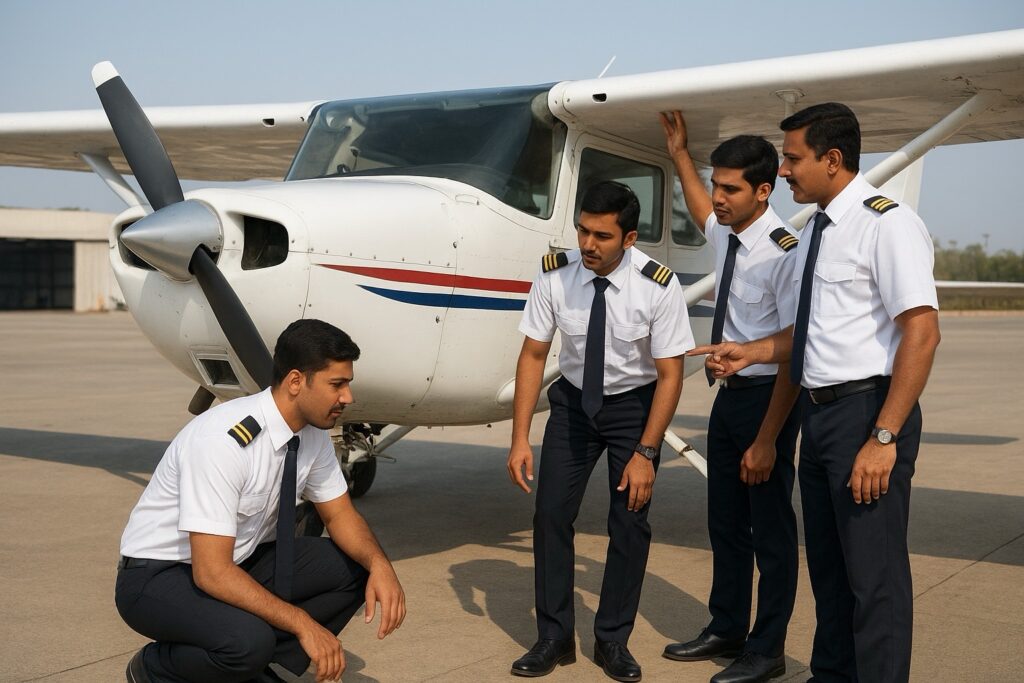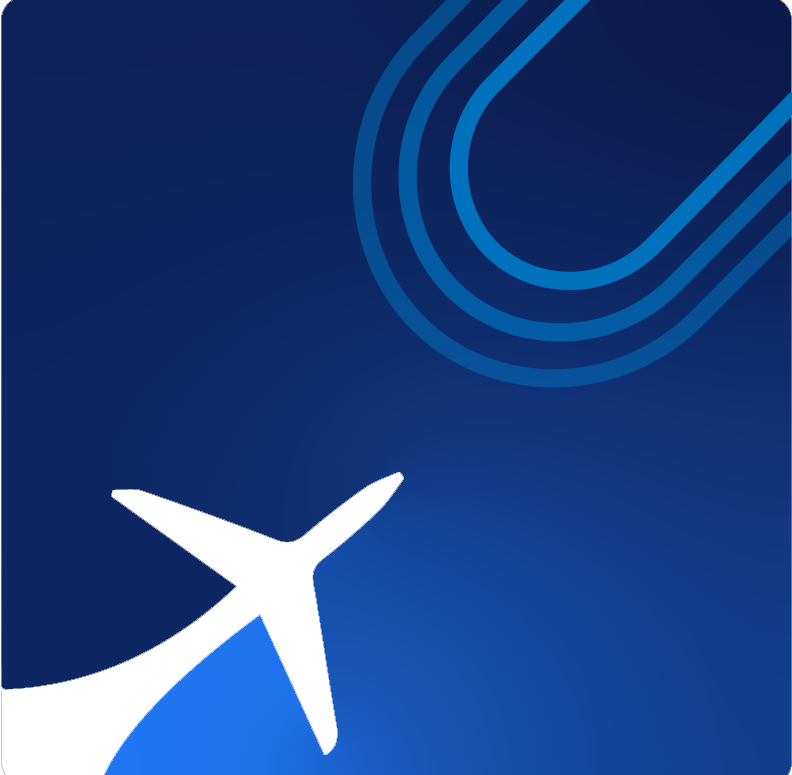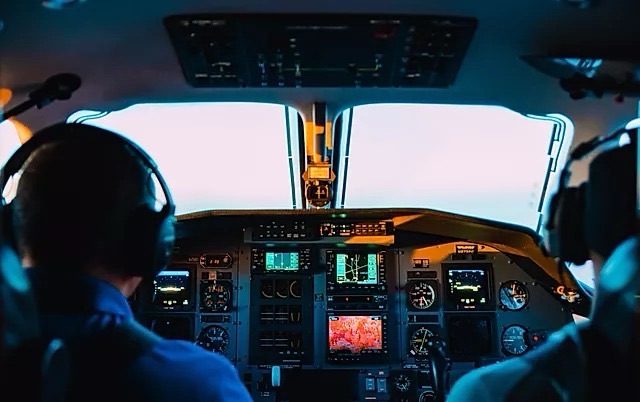New Delhi, October 2025 — India’s civil aviation regulator, the Directorate General of Civil Aviation (DGCA), has published its first-ever rankings of Flying Training Organizations (FTOs), and the results cast a harsh light on the state of pilot training in the country. Out of 35 flight schools evaluated between September 2024 and August 2025, none achieved the top two grades—A+ (85% and above) or A (70%‑84.99%).
Instead:
· 13 FTOs were placed in Category B (scores between 50‑70%).
· 22 FTOs received Category C (below 50%) and will be required to undergo “self‑analysis” and corrective actions.
What Did DGCA Evaluate?
The DGCA’s new evaluation system assesses FTOs across several parameters, including:
· Operational aspects, such as fleet size, number of aircraft per student, instructor/student ratios, availability of simulators, and ground school facilities.
· Safety standards, including record of accidents/incidents, maintenance, and whether data/reporting is accurate.
· FTO performance, particularly how long students take to complete required flying hours (e.g. 175‑200 hours for a Commercial Pilot License).
· Compliance standards (with DGCA rules, inspections, etc.).
· Assistance to students (student‑friendly practices, timely delivery of training).
Key Findings & Worrying Trends

- No Top Grades: That zero schools managed to breach the 70% threshold required for an A or A+ rating suggests a systemic weakness rather than isolated under-performance.
- Majority Underperforming: Roughly 63% (22 of 35) of FTOs are in Category C, meaning they scored below 50%. These schools will be asked to introspect and improve.
- High Costs vs Low Returns: Training to become a commercial pilot is extremely expensive in India—costs often run into tens of lakhs of rupees. Yet, many schools are unable to deliver what aspirants expect: timely flying hours, modern equipment, and robust safety infrastructure. Critics argue that students are paying a premium for under‑delivered training.
- Infrastructure and Safety Weaknesses: Evaluations show infrastructure (simulators, aircraft fleet strength, instructor availability) and safety practices are the biggest drag on scores.
- Regulatory Oversight and Transparency: DGCA’s move to make these rankings public and biannual (starting April and October) is a step toward accountability, giving students better data to make decisions. But some in the industry say that more clarity is needed about how scores are derived, how inspections are done, and what remedial measures will look like.
Implications
· For Aspiring Pilots: Students may now need to be more cautious and selective when choosing flight schools. With no existing top performers, even “better” schools have room for improvement. The rankings offer a tool, but students will want more than just category labels—details of what makes a school strong or weak will matter.
· For Flight Schools: The schools in Category C face pressure—not only regulatory (DGCA notices), but competitive. To attract students, they’ll need to upgrade training infrastructure, get more aircraft or simulators, improve instructor availability, and reduce delays in completing flying hours.
· For Safety and Public Trust: The revelation of widespread underperformance may raise concerns about safety of training and the readiness of new pilots in terms of competence. It may also impact India’s reputation in global aviation training.
· For Regulators: DGCA’s framework itself will be under scrutiny. Ensuring fair, rigorous assessments; following up on non‑compliance; providing support (or penalties) for improvement; and tracking progress over time will be essential.
Expert Voices & Objections
· Safety advocates have said this report confirms long‑standing complaints about laxity in maintenance, low usage of simulators, delays in providing flight hours, and under‑resourced infrastructure.
· Some flying schools point out that cost pressures (fuel, aircraft maintenance, staff) are high; acquiring and maintaining modern aircraft and simulators is expensive; operational costs inflate fees and make upgrades slow.
· There are also concerns about geographical inequity: schools in remote or less‑developed regions may struggle more to reach high operational benchmarks (airspace restrictions, fewer maintenance facilities, etc.).
· Some demand more transparency in the scoring system: specific breakdowns of where each school failed, what weight each criterion carried, what margin of error is acceptable, etc.
Conclusion & Way Forward
The DGCA’s rankings are a wake‑up call: while India’s ambition to scale up its pilot workforce is large (owing to growing aviation demand), the foundations of training are not keeping pace. Without concerted efforts—investment in infrastructure, better oversight, more effective use of simulators, improved maintenance, instructor training, and transparent accountability—there is a risk that growth in numbers will be matched by decline in quality and safety.
For the next ranking cycle (April 2026), all eyes will be on whether any FTO can break into the A or A+ categories, and whether schools now rated C show measurable improvement. If not, questions will deepen about policy, regulation, and the ethics of charging high fees in a system that yields sub‑par outcomes.
If you like, I can prepare a more in‐depth report (with interviews / case studies) on specific flight schools, or a comparative analysis with pilot training in other countries for benchmarking. Do you want me to do that?
- Regulatory Oversight and Transparency: DGCA’s move to make these rankings public and biannual (starting April and October) is a step toward accountability, giving students better data to make decisions. But some in the industry say that more clarity is needed about how scores are derived, how inspections are done, and what remedial measures will look like.
For all aviation-related guidance (DGCA ground classes, pilot training, cabin crew training)
Contact us https://contrail.in/
phone numbers +91 78457 69399


